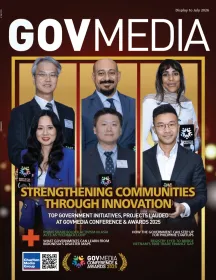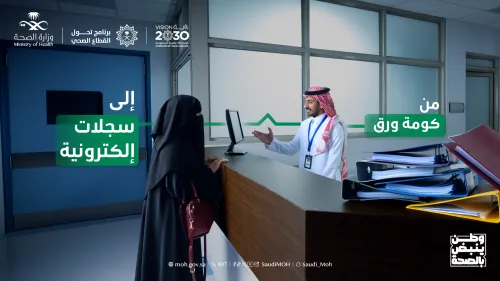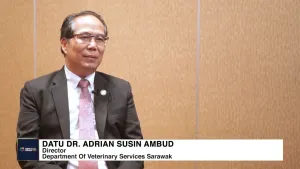
Seven stages of national workforce planning
This framework will help governments implement a digital transformation, EY said.
EY has released a study on the challenges and framework for creating the workforce of the future for governments. The study highlights the importance of strategic workforce planning at a national level, with a focus on the role the workforce plays in driving transformation.
According to the study, a national digital strategy should be put in place to highlight the opportunities and risks of new technology. The study provides a framework for governments to follow, which includes several stages of workforce planning:
- Take a "future-back" approach to define the desired citizen experience and outcomes in five years' time, the possible paths to achieve this, and the risks and opportunities of each. Then, work backward to understand the strategic and tactical implications and priorities for today.
- Define the future digital government organizational structure and transformation strategy to achieve the vision and the roles and skills needed to deliver.
- Review current workforce capacity and capability, mining demographic and HR data for insights into employee skills, performance, and likely attrition rates.
- Evaluate short-, medium-, and long-term workforce needs, considering new roles and capabilities.
- Model projected gaps and create new job profiles.
- Fill gaps by upskilling and reskilling, bringing in new long-term and contingent talent, and deploying resources as needed across different departments and agencies.
- Continue to assess the multiyear impact of emerging technologies, plot "technology disruption curves," and continually recast existing roles and create new ones.
Overall, the study provides a framework for governments to follow as they seek to create a skilled, empowered, and motivated workforce to drive digital transformation and improve citizen outcomes.
Adaptive Workforce Planning
By using advanced data analytics and automation, governments can forecast future needs and ensure that they have the right skills and capabilities in place to meet them. One way to improve adaptive workforce planning is to use cloud-based tools that can help integrate data from multiple internal and external sources.
In the future, governments will need to be able to deploy resources on demand to bring in the right skills for different departments and projects. Employees will need to be fluid and adaptable, able to work in different combinations of multidisciplinary teams.
Another way to access the right skills and capabilities is to forge external partnerships with organisations that can help supply skilled staff. As the use of gig workers increases, governments can also employ freelancers, contractors, and secondees from other sectors for shorter-term, project-based roles. To make the most of these opportunities, governments will need mechanisms for sourcing, vetting, onboarding, and managing a non-permanent workforce. This means hiring for capabilities rather than roles and building speedier recruitment processes.













